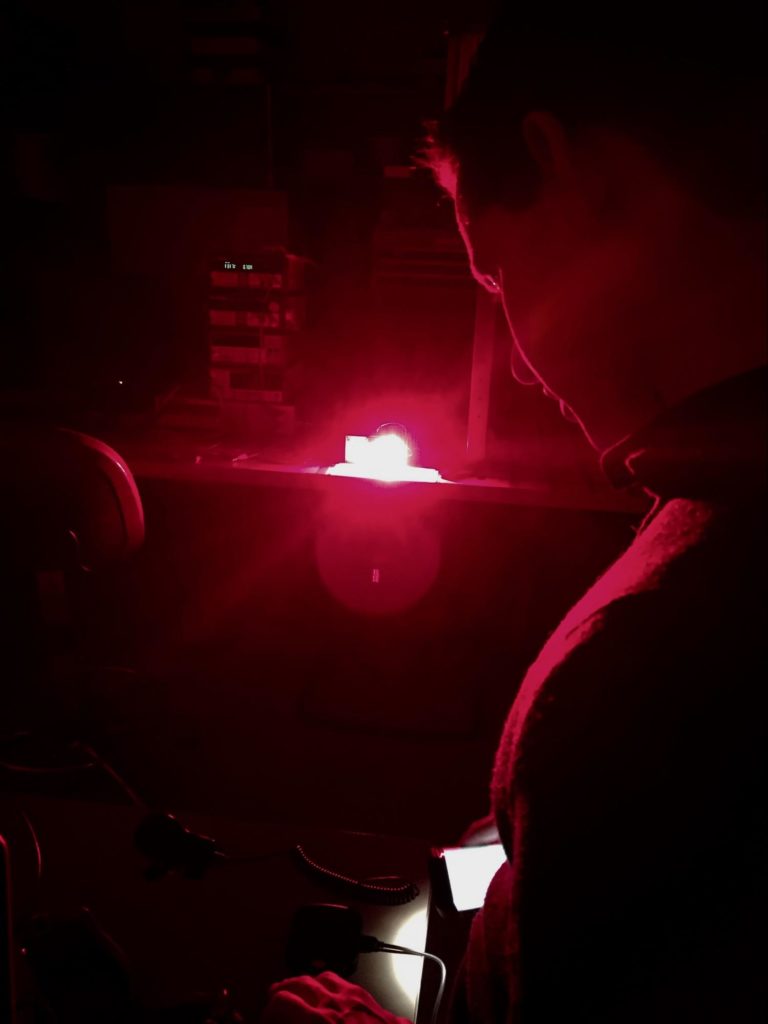The Michigan eXploration Laboratory has begun research and development on its tenth mission, PHAROS (PHased ARray Optical Satellite), which is an optical orbit determination experiment utilizing light emitting diodes (LEDs). The name of the mission comes from the Lighthouse of Alexandria, named Pharos, which served as the tallest lightsource in the world for many centuries and shared guidance and awareness to nighttime travellers. It is also one of the Seven Wonders of the Ancient World. PHAROS is a combined ground station and CubeSat mission that will use LEDs on-board a CubeSat and remote optical observatories from around the globe to track the satellite and use a machine learning algorithm to accurately predict its orbital characteristics—eventually without the use of radio transmitted GPS “truth” data.
In November 2017, the team presented a mission concept poster at the MCubed 2.0 Symposium at the University of Michigan, which earned the mission its initial funding. Since then, the team has developed a high level plan encapsulating what it will take to complete the mission from cradle to grave. Progress has included developing an optical link budget defining the feasibility of our LED communications architecture, collaborations with the U-M Astronomy Department on orbital tracking science, and collaborations with the S5 Laboratory in Rome, Italy on optical orbit determination systems. We plan to eventually become externally funded in the future.
The next step for the mission is to demonstrate our technology on a high-altitude balloon (HAB) flight with our Strato team—we are dubbing the flight Strato LITE (LED Initial Testing Experiment). It will test our link budget and determine if we have accounted for all the light power losses our system might encounter in the LED payload, the atmosphere and the telescope configuration. If we determine we succeeded with the flight(s) we will then start scaling up to a spacecraft design. We plan to test our ground station network schema by using U-M’s Angell Hall Observatory and various amateur astronomy devices such as an All-Sky camera and amateur telescopes. Our testing concept has been submitted to the 2018 COSPAR Conference in Pasadena, California at CalTech, where if accepted we will get to present our concept to academic and industry leaders from around the world.
Stay tuned for more updates in the near future as our team tests preliminary payload designs and telescope testing procedures!

